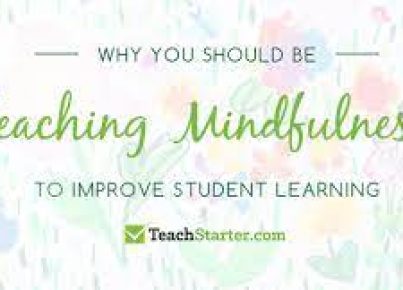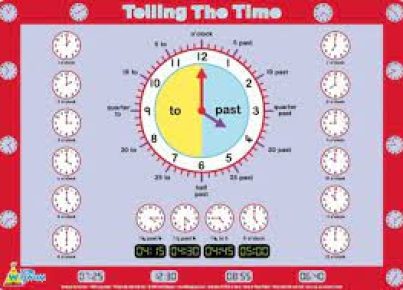Group work is an essential part of the learning process. It encourages collaboration, improves communication skills, and helps students learn how to work with others to achieve a common goal. The way students are arranged in groups can significantly impact the effectiveness of their collaboration. Here are ten creative ways to arrange students for group work that can be easily implemented in any classroom setting.
1. Random Draw: Write each student’s name on a piece of paper and have them draw names from a hat to form random groups. This method ensures a mix of abilities and personalities.
2. Skill-Based Grouping: Group students by similar levels of skill or understanding of the subject matter. This can be particularly effective when working on complex tasks that require a certain level of expertise.
3. Interest-Based Grouping: Arrange students into groups based on shared interests or topics they are passionate about. This can increase motivation and engagement.
4. Heterogeneous Grouping: Create groups with a diverse mix of abilities, genders, backgrounds, and learning styles. This type mirrors real-world work environments and encourages peer learning.
5. Role Assignment: Assign each member a specific role (leader, scribe, researcher, etc.) to provide structure and ensure that all members are actively contributing.
6. Puzzle Pieces: Give each student a “puzzle piece” representing a topic or part of the assignment. Students must find peers with pieces that connect to form a complete picture, thus forming their groups.
7. Rotating Groups: Change up groups regularly so that over time, each student has had the opportunity to work with every other classmate at least once.
8. Peer Nomination: Allow students to write down names of peers they would like to work with; then try to accommodate at least one choice per student when forming the groups.
9. Teacher-Selected Groups: The teacher creates groups based on their knowledge of each student’s strengths and weaknesses—ideal for balancing group dynamics.
10. Station-Based Groups: Set up different stations around the room with various tasks or components of the project. Students rotate through stations either by choice or teacher direction, collaborating with whoever is at the station.
With these strategies, teachers can foster an environment where students learn from each other and work together effectively towards achieving educational goals. Each method has its unique benefits and can be tailored to suit different classroom objectives and student needs.





